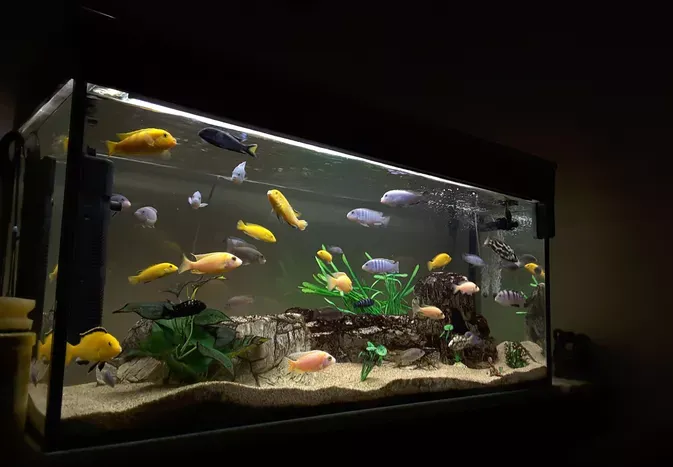Correct Aquarium Water Temperature
Updated on 04/26/24

Unlock the Secrets of Aquarium Water Temperature: A Comprehensive Guide to Maintaining Aquatic Harmony
Ensuring the optimal water temperature for your aquarium inhabitants is paramount to their health and well-being. Correct water temperature mimics their natural environment, ensuring proper metabolism, growth, and immune function. This comprehensive guide will delve into the intricate world of aquarium water temperature, arming you with the knowledge and strategies to create a thriving aquatic paradise.
The Significance of Water Temperature
Water temperature plays a pivotal role in various aspects of fish physiology:
* Metabolism: Temperature influences the metabolic rate of fish, affecting their energy requirements and food consumption.
* Growth: Optimal temperatures promote proper growth and development, ensuring healthy and robust fish.
* Immune Function: Correct water temperature strengthens the immune system, reducing susceptibility to diseases.
* Reproduction: Accurate temperature cues trigger breeding behaviors and ensure successful egg and larval development.
* Stress Response: Deviations from the ideal temperature range can induce stress, impairing the fish's overall health.
Establishing the Correct Temperature
Determining the correct temperature for your aquarium depends on the species you are housing. Tropical fish, for example, generally require warmer water than cold-water species. Here's how to establish the right temperature:
* Research: Consult reputable sources to determine the optimal temperature range for your specific fish species.
* Use a Thermometer: Invest in a reliable thermometer to monitor water temperature accurately. Place it in an easily accessible location.
* Monitor Regularly: Check the water temperature daily to ensure it remains within the desired range.
Maintaining a Stable Temperature
Keeping the water temperature stable is crucial to avoid temperature fluctuations that can stress or harm your fish. Consider the following strategies:
* Heater: A heater is essential for maintaining warm temperatures in tropical aquariums. Choose a heater appropriately sized for your aquarium volume.
* Chiller: For cold-water species, a chiller may be necessary to lower and maintain the water temperature.
* Insulation: Insulating the aquarium walls and lid helps prevent heat loss and stabilize the temperature.
* Avoid Direct Sunlight: Direct sunlight can significantly raise water temperature. Position your aquarium away from windows or use curtains to block sunlight.
Consequences of Incorrect Water Temperature
Deviations from the ideal temperature range can have detrimental consequences:
* Too High: Excessive temperatures can accelerate metabolism, leading to exhaustion, organ damage, and even death.
* Too Low: Suboptimal temperatures slow down metabolism, impair appetite, and compromise the immune system.
Examples of Correct Water Temperature for Common Species
* Tropical Fish (e.g., Neon Tetras): 75-80 °F (24-27 °C)
* Cold-Water Fish (e.g., Goldfish): 50-72 °F (10-22 °C)
* Marine Fish (e.g., Clownfish): 75-82 °F (24-28 °C)
* Brackish Water Fish (e.g., Mollies): 75-85 °F (24-29 °C)
Conclusion
Mastering the art of aquarium water temperature is essential for creating a thriving aquatic habitat. By understanding the significance of water temperature, establishing the correct range, maintaining stability, and recognizing the consequences of incorrect temperatures, you can provide your finned friends with an environment conducive to their optimal health and well-being. Remember, maintaining the correct water temperature is an ongoing process that requires regular monitoring and adjustments. With careful attention and a touch of dedication, your aquatic paradise will thrive for years to come.
Explore More Pets

Freshwater Aquarium Filters
How to Deal With Cloudy Aquarium Water

Saltwater Aquarium Filters
How Do You Remove Chloramines From Tap Water?

Freshwater Aquariums & Habitat
Can I Keep My Koi Fish Inside?

Saltwater Aquariums & Habitat
14 Best Floating Plants for Your Aquarium

Freshwater Fish Health
How to Treat Ich on Freshwater Fish

Saltwater Fish Health
Fin Rot in Aquarium Fish

Freshwater Aquarium Filters
How to Do Aquarium Water Changes

Saltwater Fish Health
How Do Fish Get Parasites?